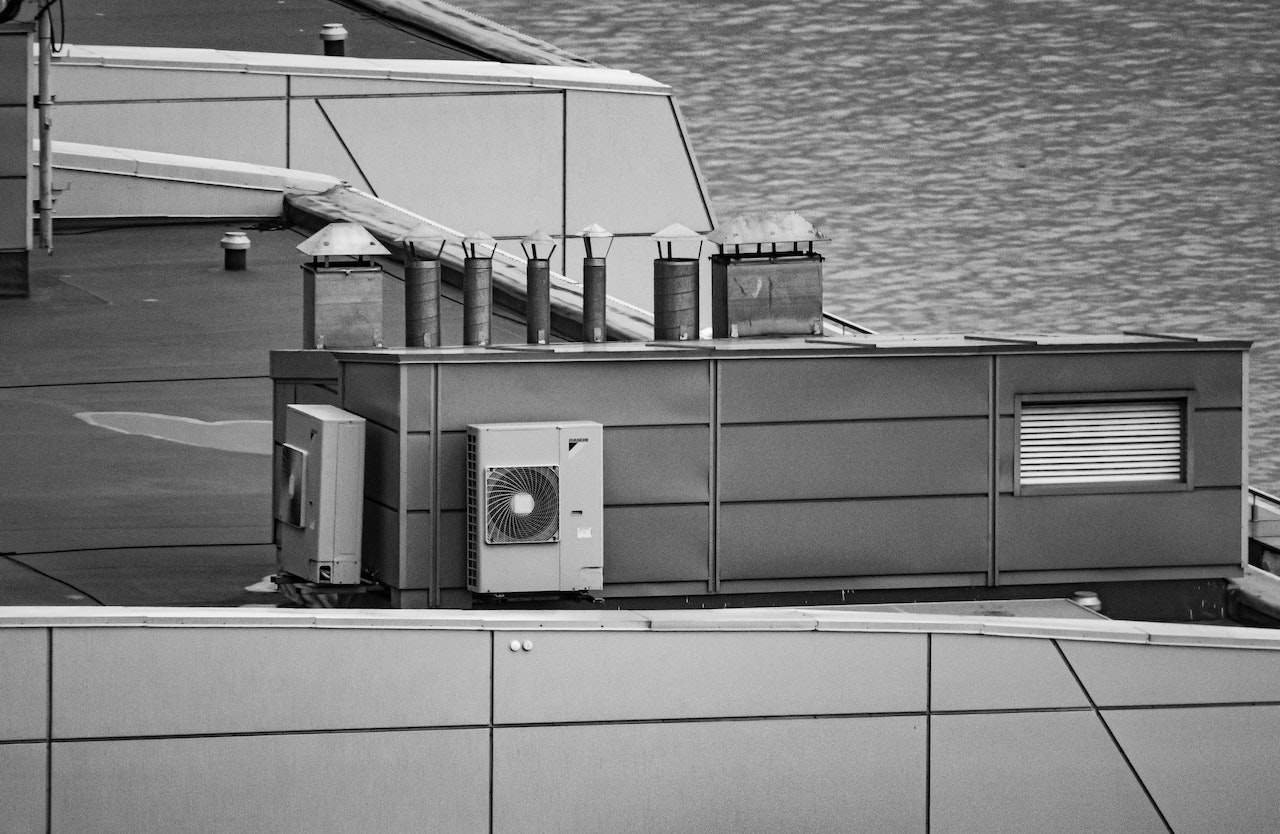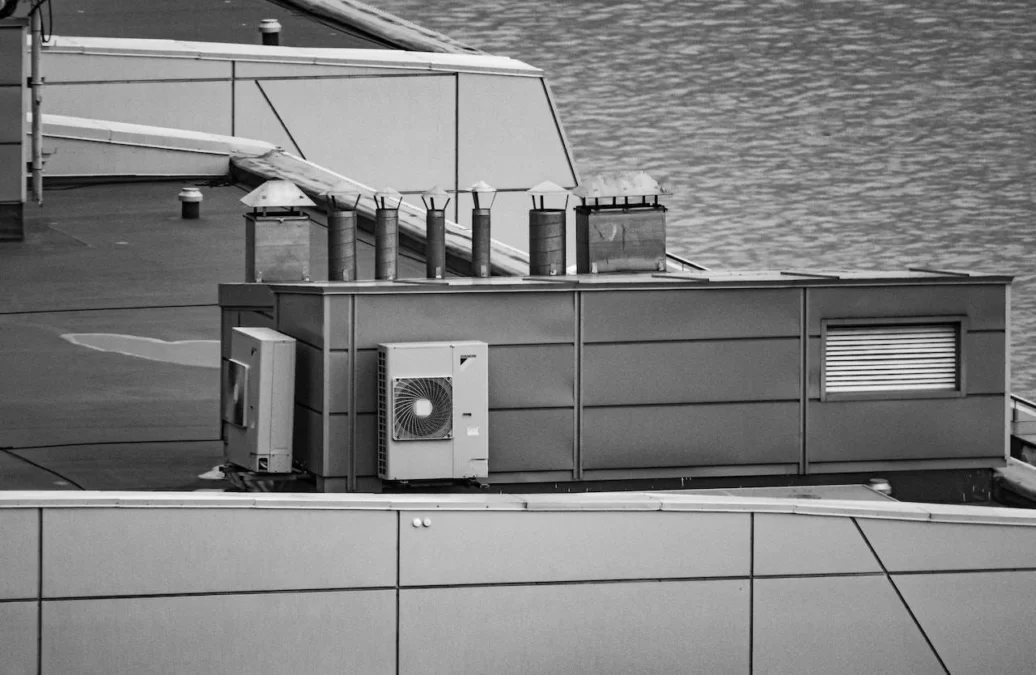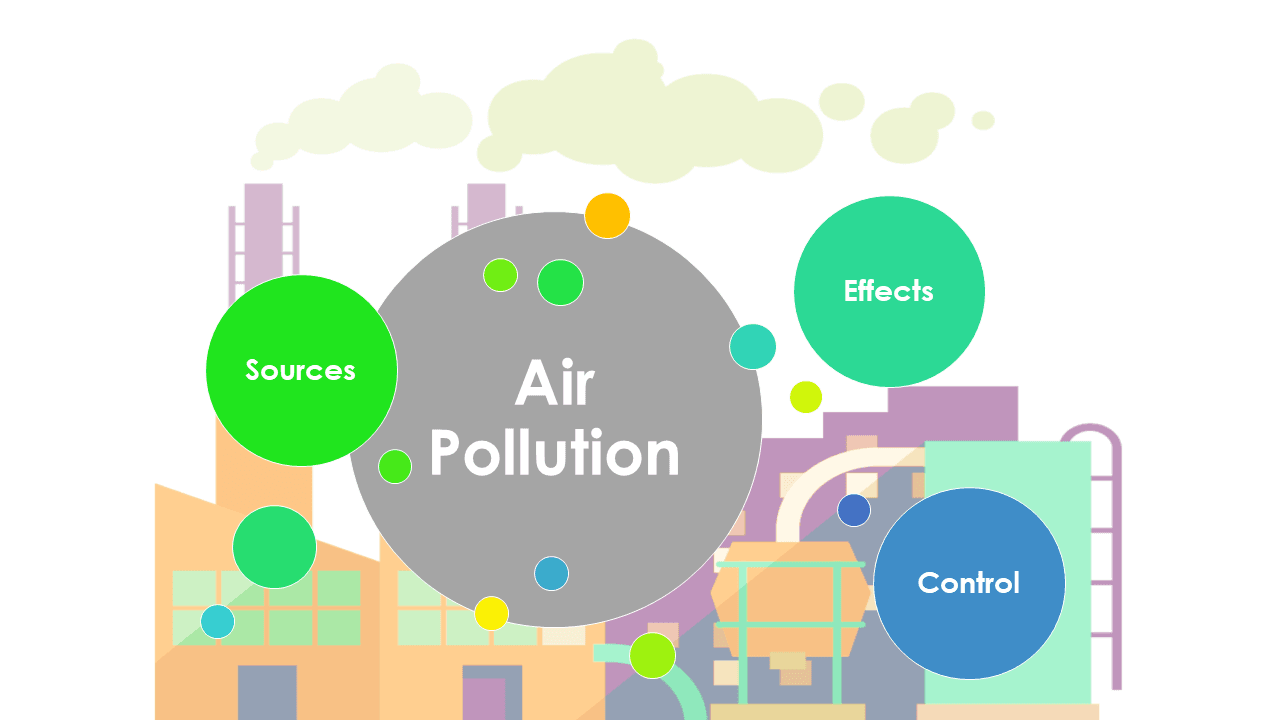Explore the case study of Kenya Airways, examining its historical background, financial performance, operational strategies, and market positioning. Discover how this leading African airline navigates challenges and opportunities in the aviation industry, focusing on resilience and adaptability amid adversity.
A Case Study of Kenya Airways: Navigating the Skies of Challenge and Opportunity
Kenya Airways, founded in 1977, has become one of the leading airlines in Africa, operating flights to over 50 destinations worldwide. Despite facing challenges such as fluctuating oil prices, economic downturns, and the impact of global pandemics, the airline has managed to maintain a competitive edge in the aviation industry. This case study explores Kenya Airways’ operational strategies, financial performance, and market positioning, highlighting its resilience and adaptability amid adversity.
Historical Background
Initially established as a subsidiary of British Airways, Kenya Airways was fully nationalized in 1977. Over the years, it has grown substantially, investing in modern fleet renewal and expanding its service offerings.
Key Milestones of Kenya Airways
| Year | Milestone |
|---|---|
| 1977 | Kenya Airways is established |
| 1998 | Listed on the Nairobi Stock Exchange |
| 2000 | Joins the SkyTeam alliance |
| 2005 | Expands fleet with purchase of Boeing 777s |
| 2014 | Introduces non-stop flights to the U.S. |
| 2020 | Confronts challenges posed by the COVID-19 pandemic |
Financial Performance
Kenya Airways’ financial performance has fluctuated significantly due to various external factors. Here’s a brief overview of its financial trajectory over recent years, particularly focusing on its recovery post-COVID-19.
Financial Highlights
| Year | Revenue (USD Millions) | Net Profit/Loss (USD Millions) |
|---|---|---|
| 2019 | 659 | 34 |
| 2020 | 135 | -93 |
| 2021 | 217 | -104 |
| 2022 | 335 | -79 |
| 2023 | 550 (forecast) | -12 (forecast) |
Analysis of Financial Trends
- 2019: Pre-pandemic Peak: Before the onset of the COVID-19 pandemic, Kenya Airways achieved its peak revenue in 2019, illustrating solid market demand.
- 2020-2021: Pandemic Impact: The airline experienced an unprecedented drop in revenues and incurred heavy losses due to global travel restrictions.
- 2022-2023: Recovery Phase: Kenya Airways has shown signs of recovery as travel restrictions eased, with forecasted improvements in both revenue and reduction in losses.
Operational Strategies
To sustain operations and compete effectively, Kenya Airways has implemented several operational strategies.
Key Strategies
- Fleet Modernization
- Investment in new aircraft to enhance fuel efficiency and passenger comfort.
- Focus on environmental sustainability through the use of newer models that reduce carbon emissions.
- Enhanced Customer Experience
- Introduction of digital platforms for booking and customer engagement.
- Commitment to improving service delivery through staff training and customer feedback mechanisms.
- Diversification of Route Networks
- Exploration of new markets, including non-traditional routes to cater to growing tourist destinations.
- Partnering with other airlines within the SkyTeam alliance to expand global reach.
- Cost Management
- Implementing cost-control measures to manage operational expenses amidst fluctuating fuel prices.
- Negotiating better terms with suppliers and vendors to enhance profitability.
Market Positioning
Kenya Airways strategically positions itself as “The Pride of Africa,” focusing on providing connectivity across the African continent and beyond. The airline has leveraged its location in Nairobi, a hub for international and domestic travel, to enhance its appeal to tourists and business travelers alike.
Competitive Advantages
- Strategic Location: Nairobi serves as a pivotal hub for connections between Africa, Europe, and the Middle East.
- SkyTeam Membership: Kenya Airways benefits from code-sharing partnerships and global interline agreements, expanding its customer base.
- Cultural Heritage: The airline showcases African culture through its onboard services and marketing strategies, enhancing brand loyalty.
Challenges Ahead
While Kenya Airways has managed to navigate its way through turbulent times, several challenges remain:
- Fuel Price Volatility: Fluctuating oil prices can significantly impact operational costs and profitability.
- Competitive Landscape: Increased competition from low-cost carriers and other international airlines poses a threat to market share.
- Economic Factors: Economic downturns in key markets can affect passenger demand and revenue generation.
Conclusion
Kenya Airways serves as a testament to resilience in the face of adversity. The airline’s strategic operational initiatives and commitment to customer service have positioned it favorably within the aviation market. However, continuous adaptation to external challenges and an agile approach to market demands will be crucial for its sustained growth and profitability. As it emerges from the challenges of the COVID-19 pandemic, the Kenya Airways case study must remain focused on innovation, efficiency, and expanding its reach to navigate the dynamic landscape of global air travel.
Future Directions
To secure its market position, Kenya Airways could consider the following:
- Investing in Technology: Utilizing data analytics for decision-making in route planning and customer engagement.
- Sustainability Initiatives: Focusing on eco-friendly practices to resonate with the growing demand for sustainable travel options.
- Strengthening Alliances: Expanding partnerships with regional airlines to improve connectivity and passenger offerings.
By embracing these strategies, Kenya Airways can not only recover from past setbacks but also thrive in an increasingly competitive aviation environment.
FAQs about Kenya Airways
What is the history of Kenya Airways?
Kenya Airways was established in 1977 as a subsidiary of British Airways and became fully nationalized the same year. It has since grown significantly, investing in fleet modernization and expanding its service offerings.
How has Kenya Airways performed financially?
Kenya Airways has experienced fluctuating financial performance due to various external factors. Notably, it faced substantial losses during the COVID-19 pandemic but has shown signs of recovery as travel restrictions have eased.
What operational strategies has Kenya Airways implemented?
Kenya Airways has adopted several operational strategies, including fleet modernization, enhancing customer experience, diversification of route networks, and cost management.
How is Kenya Airways positioned in the market?
Kenya Airways positions itself as “The Pride of Africa,” focusing on providing connectivity across the continent and beyond. Its strategic location in Nairobi enhances its appeal to both tourists and business travelers.
What challenges does Kenya Airways face?
The airline faces several challenges, including fuel price volatility, increasing competition from low-cost carriers, and economic downturns in key markets.
What are the future directions for Kenya Airways?
Future directions may include investing in technology for data-driven decision-making, pursuing sustainability initiatives, and strengthening alliances with regional airlines to improve connectivity.
How has Kenya Airways responded to the challenges posed by COVID-19?
Kenya Airways has implemented recovery strategies that include enhancing safety protocols, optimizing operational efficiencies, and focusing on customer service to regain passenger confidence.






